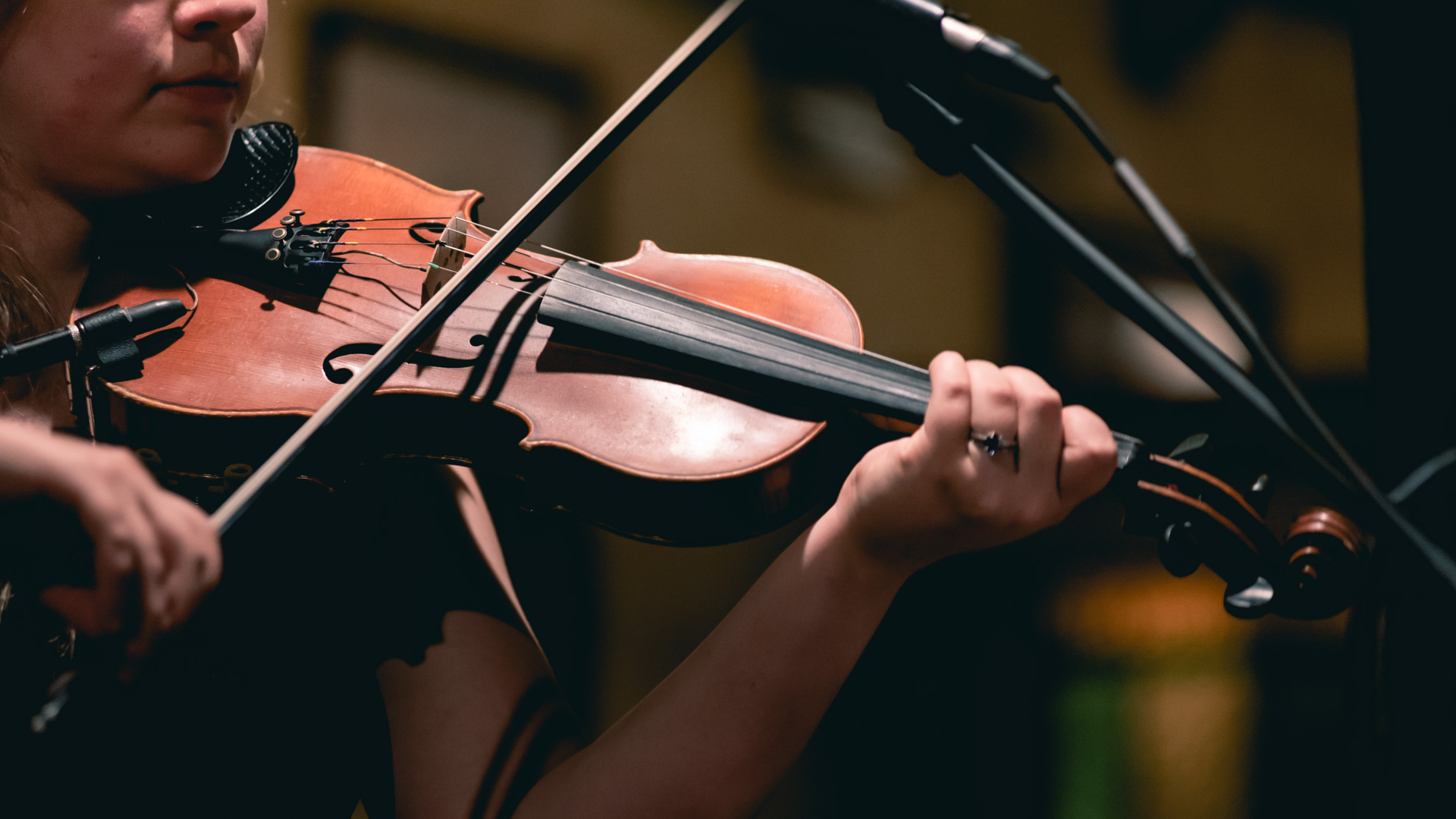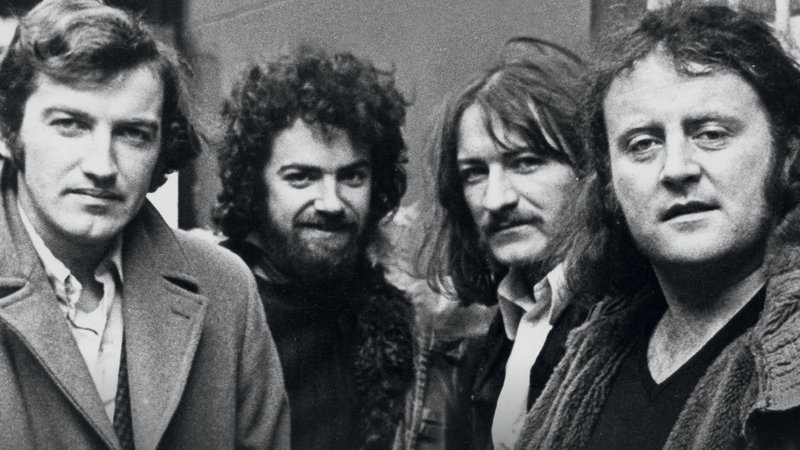
When people visit Ireland, experiencing a traditional Irish music session is usually high on their list of to do’s. The history of Irish ‘trad’ or traditional music is long and colored one, much like Irish history in general. Effected by waves of suppression, emigration and influences from other music genres. It has survived down the years and is strongly associated with a sense of Irish cultural identity.
The Celts
Irish music can be traced back to Celtic times. The Celts originally came from Eastern Europe around 500BC. Undoubtedly they were influenced by the music of the East. It is often speculated that the Irish Harp originated in Egypt. Although the Celts travelled through Spain, France and Britain. It is in Ireland that the tradition has best survived.
The Famine
During the years 1845 to 1850, one million people died and another million emigrated during the Irish potato famine. With those who emigrated there was a want to maintain a connection to their country of birth. This diaspora that were now spread across the world, would congregated together.
Often they would play songs of a longing or sadness from the country they had left.
As different parts of Ireland had different styles of traditional music. Congregations such as these led to a blending of styles.
Early 20th Century
This early 20th century saw the first recordings of traditional Irish music. One of the most famous musicians at the time was a fiddle players called Michael Coleman. He immigrated to New York from Sligo where he began recordings in the 1920’s. His recordings were to have a major impact on traditional music back in Ireland. His style became famous all over Ireland and in turn the world.
1960’s & 1970’s
This era saw another major revival. During this time a huge about of innovation was taking place. Most notably, the influence of European, American folk and jazz music on Irish traditional music.
One of the biggest influencers of the day was Seán Ó Riada.
With his classical background he developed a style that was intended to be listened to, not danced to (traditional Irish music was previous meant to be danced to). His band Ceoltoiri Chualann actually performed their first concert in the Gaiety Theatre. This helped traditional Irish music reach a broader audience. It was no longer associated with rural impoverished areas.
Modern Traditional Music
Today many bands and singers infuse traditional music elements into their songs. Singer Enya achieved enormous success with her New Age/ Celtic fusions. Sinead O’Connor, Hothouse flowers Van Morrison worked in Sean Nós elements into their work. The Pogues and Dropkick Murphy’s blended punk rock with Irish traditional music. Such coming together of styles has helped take traditional Irish music to an even broader audience. Combining this with the innovations from the 1960’s and 1970’s, traditional Irish music continues to thrive to this day.
Upcoming Shows
More Musings
-
 The Irish Fiddle
September 25, 2018
The Irish Fiddle
September 25, 2018
-
 Planxty
September 15, 2018
Planxty
September 15, 2018
-
 Irish Music Origins
August 25, 2018
Irish Music Origins
August 25, 2018
-
